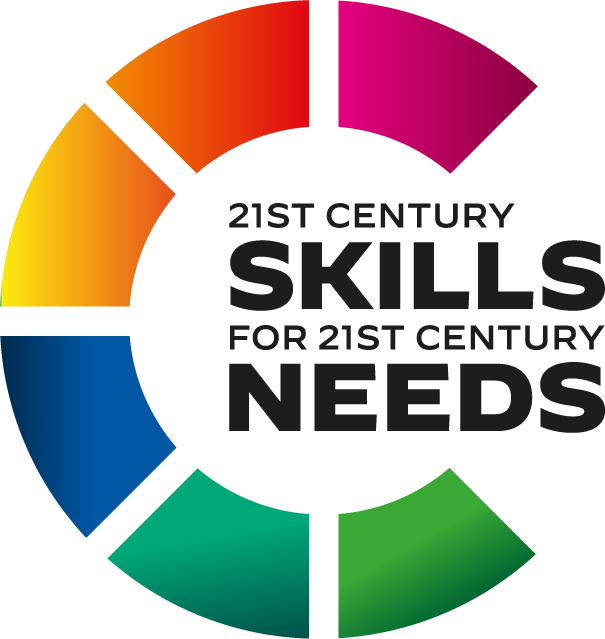Plastic in the Ocean - Denmark
Which of the C’s did you choose?
We worked with all the C’s.
Why did you choose them? What did you want the students to develop?
Citizenship: awareness for and explore the global problem of plastic waste in the ocean, have genuine interests to solve that complex world problem, empathy to care for all the creatures in the ocean, think global citizen with a global responsibility.
Creativity: Find a good way to express/visualize the problem of plastic in the ocean in art.
Collaboration: Work together in teams to make a final product. Make decisions together, managing team dynamics.
Which activities did you selected to support the development of these C’s?
Case description: (raise awareness on plastic waste in the ocean). In collaboration with Creative Director Jesper Thomsen from LEGO, the students must develop a campaign that raises awareness of plastic waste in the sea.
With the Design Circle as a didactic framework, the students must work on the concrete design task: draw attention to the global problem of plastic waste in the oceans. The design task is based on a concrete, problematic issue, which, based on field studies, is solved with various prototypes on the way to a final design.
Through the experimental work, the students also acquire general competences in relation to critical thinking, communication and collaboration, complex problem solving and technological mastery.
Requirements for the video:
• Remember the forms of appeal (Logos, pathos, ethos)
• The video must end with "Join the WORLD CLEANUP DAY on September 21, 2019"
• The video will show the logo of the WORLD CLEANUP DAY on September 21, 2019
How did you experience the impact of the activities on the students?
The students were very involved in the topic. After they saw the learning material from Plastic Change, they were very motivated. They felt that they did an important job, to inform about the problem, and to get people to join The World clean up day.
The students shared their campaigns on social media and they also sent the campaign to Vejle municipality, the environment department, political parties, Plastic Change and museums. We had a lot of positive feedback, and Vejle municipality showed the campaign on their website.
